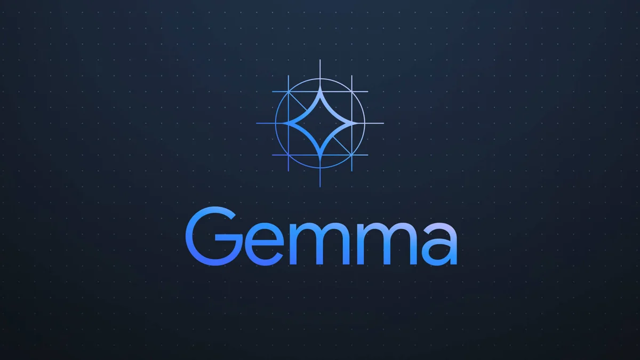Introduction
CodeGemma 7B is a specialized open code model built on top of Gemma, a family of language models developed by Google DeepMind. It is designed for a variety of code and natural language generation tasks. The 7B model is part of the Gemma family and is further trained on more than 500 billion tokens of primary code, using the same architectures as the Gemma model family.
This training allows CodeGemma 7B to achieve state-of-the-art code performance in completion and generation tasks while maintaining strong understanding and reasoning skills at scale. It is a highly capable language model optimized for real-world deployment, particularly in latency-constrained settings.

Table of contents
Why Should Developers Care?
Developers should care about CodeGemma 7B because it offers potential programmers benefits regarding code completion and generation. The model excels in mathematical reasoning, matches the code capabilities of other open models, and maintains a high level of natural language comprehension. Additionally, it is optimized for deployment in hosted environments and applications where model quality is of utmost importance. This means developers can leverage CodeGemma 7B to enhance their coding productivity, improve code quality, and streamline development.
Understanding CodeGemma 1.1 7B
CodeGemma 7B is a specialized open code model built on top of Gemma, designed for various code and natural language generation tasks. It is characterized by its remarkable resilience in natural language understanding, excellence in mathematical reasoning, and ability to match other open models’ code capabilities. The 7B model is further trained on more than 500 billion tokens of primary code, using the same architectures as the Gemma model family. This extensive training allows the CodeGemma 7B model to achieve state-of-the-art code performance in completion and generation tasks while maintaining a strong understanding and reasoning skills at scale.
Also read: How to Use Gemma LLM?
Pre-training and Instruction Tuning
The CodeGemma 7B model undergoes pretraining and instruction tuning to enhance its capabilities. Pretraining involves training the model on diverse mathematics datasets, including open-source math datasets and synthetically generated code, to enhance its logical reasoning and problem-solving skills, which are essential for code generation. Additionally, instruction tuning requires a substantial amount of question-answer pairs to effectively tune the model for code generation tasks. Synthetic code instruction data generation is leveraged to create datasets used in the supervised fine-tuning and reinforcement learning from the human feedback phase.
Code Completion vs. Code Generation
The CodeGemma 7B model is trained for code completion purposes, excelling in both single-line and multi-line code completion tasks. It is an excellent, well-rounded code-completion use case model, performing on par with other models while being nearly twice as fast during inference. This speedup is attributed to the base Gemma architectural decisions, making the 7B model exceptionally suitable for utilization within Integrated Development Environments (IDEs), local environments, and other applications with memory constraints.
7B Parameter Size: What Does it Mean?
The 7B parameter size refers to the size class of the CodeGemma 7B model, indicating its large memory requirement during inference. This parameter size renders the model particularly suitable for deployment in hosted environments and applications where model quality is paramount.
Also read: All You Need to Know About Google Gemma, the Open-Source LLM Powerhouse.

Comparing the CodeGemma Variants
The differences between the 1.1, 7B instruction-tuned, and 2B variants of CodeGemma lie in their training data, code completion and generation capabilities, and parameter sizes. The 7B instruction-tuned model, in particular, surpasses the baseline Gemma models in terms of coding tasks while maintaining a high level of natural language comprehension. On the other hand, the 2B model is designed for fast code infilling and open-ended generation in latency-sensitive settings, making it exceptionally suitable for low-latency applications such as code completion.
Conclusion
In conclusion, the CodeGemma 7B model has proven to be a powerful tool for code completion and generation tasks. With its remarkable resilience in natural language understanding and excellence in mathematical reasoning, the 7B model has set a high standard for open code models. Its ability to surpass baseline Gemma models in coding tasks while maintaining strong natural language comprehension makes it a valuable asset for developers and programmers.
The 7B model’s performance in multi-lingual coding capability, as demonstrated by the BabelCode benchmarks, further solidifies its position as a top-tier code generation model. The practical considerations of the 2B model, with its exceptional speed and quality in code infilling tasks, make it an ideal choice for deployment in latency-sensitive settings such as Integrated Development Environments (IDEs) and local environments. Looking Forward
As AI-assisted coding continues to evolve, the CodeGemma models pave the way for the next generation of AI-powered coding tools. The lessons and technologies derived from Gemma and CodeGemma are transferable to downstream applications, and releasing these models to the broader community opens up new possibilities for developing applications built on top of these models.
For more updates on LLMs, explore our blog section today.







